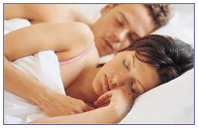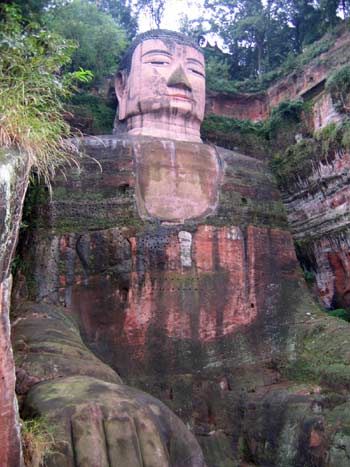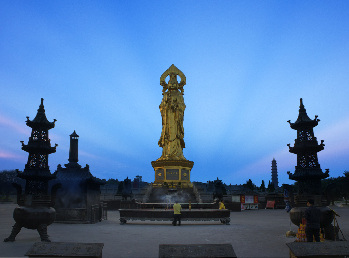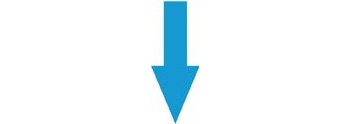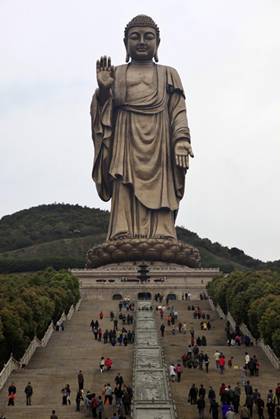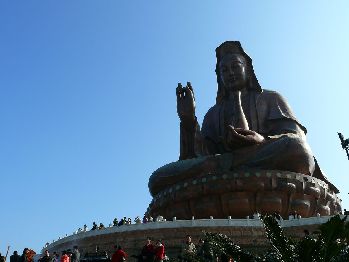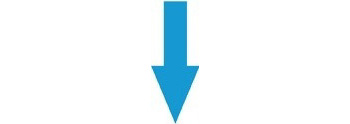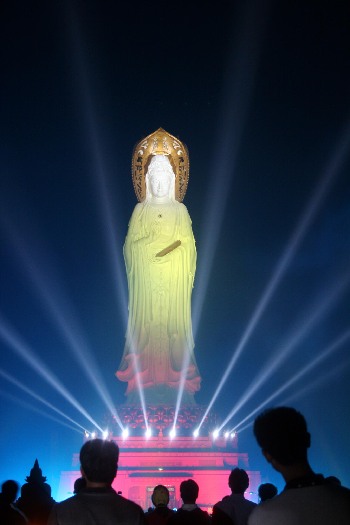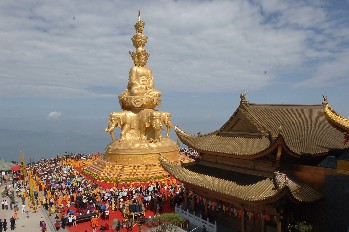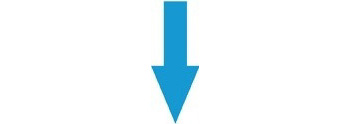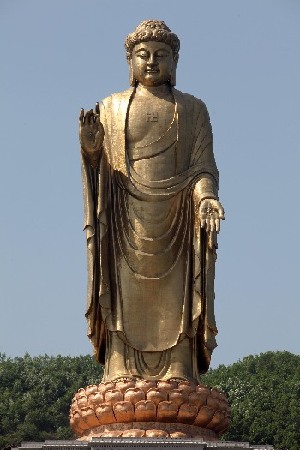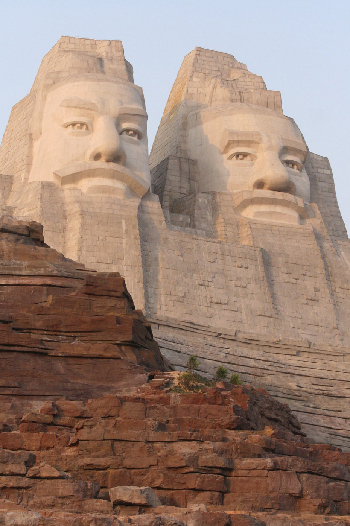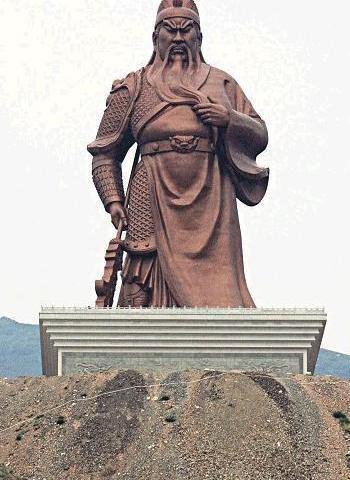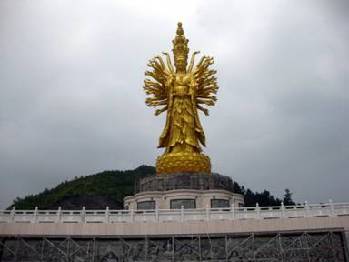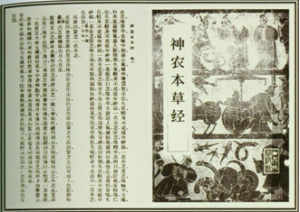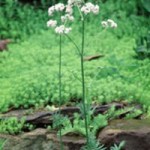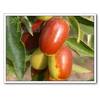What is our cultural heritage to plants?
Why should you know about medicinal herbs, Chinese herbs and the contributions of herbs, herbal drinks and herbal remedies?
One reason is herbal medicine can be used safely as the first choice for self care and preventative care. A cultural shift is occurring right now, herbal remedies ARE growing every year, we are returning to our roots and are cultural heritage. This video explains it all.
Click here to learn more http://newhope360.com/herbal/mark-blumenthal-discusses-abcs-mission-promote-medicinal-plants?cid=nl_nbj_weekly
Mark Blumenthal discusses these in the video below. Mark is the founder of American Botanical Council (ABC) located in Austin Tx. He is is dedicated to disseminating accurate, reliable, and responsible information on herbs and medicinal plants. He is the Editor/Publisher of HerbalGram, an international, peer-reviewed quarterly journal. For six years he was an Adjunct Associate Professor of Medicinal Chemistry at the University of Texas at Austin, College of Pharmacy, teaching the course “Herbs and Phytomedicines in Today’s Pharmacy.” Mark is the Senior Editor of the English translation of The Complete German Commission E Monographs–Therapeutic Guide to Herbal Medicines (1998), Herbal Medicine: Expanded Commission E Monographs (2000), The ABC Clinical Guide to Herbs (2003), and co-author of Rational Phytotherapy, 5th edition (2004). He has appeared on over 400 radio and television shows and has written over 500 articles, reviews and book chapters for many publications.

